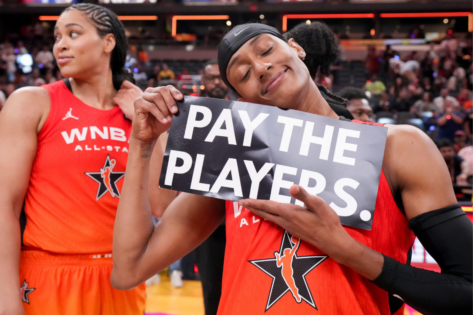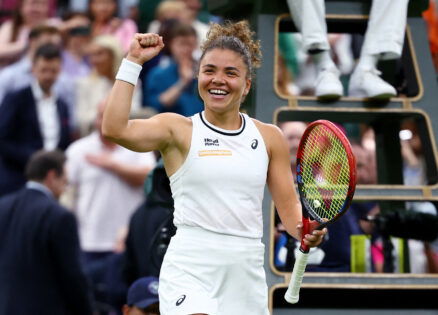The 2025 WNBA All-Star Game had all the makings of a thrilling night—Caitlin Clark’s replacement making headlines, Napheesa Collier possibly steering Team Collier to victory—but none of that was the real story. Before the ball even tipped, players made their message crystal clear. Ditching designer tunnel fits for bold black warm-up shirts, every athlete walked in wearing five powerful words: “Pay Us What You Owe Us.” This wasn’t just fashion. It was a protest, a purpose, and a unity wrapped in one powerful visual.
Does the NBA subsidize the WNBA?
It all started with an idea—a bold one. In 1996, the NBA’s Board of Governors approved a proposal to launch a women’s professional basketball league. A year later, the WNBA tipped off its very first season. David Stern, then NBA commissioner, had a vision: a league that could showcase the incredible talent of women athletes on a national stage. At the time, the American Basketball League (ABL) was already operating, but by 1998, the WNBA had pushed it out of business. A monopoly was formed, and for a while, all WNBA teams were owned by the NBA itself. It was a fresh start. But it wasn’t an easy one.
From day one, the WNBA faced steep hills to climb. The games were fast-paced, the talent undeniable—but the audiences were small, and the money was even smaller. Poor TV ratings and half-empty arenas became the norm. By 2018, it was confirmed that the league had never turned a profit since its debut in 1997. The excitement on the court wasn’t translating into revenue off it. The product was there. The support? Not so much. Still, the league held on—largely thanks to one very consistent force.
The NBA never let go of the WNBA’s hand. As of March 2025, the NBA still owns 42% of the WNBA, and according to AS.com, it gives around $15 million each year to keep the league going. Some of the NBA team owners also hold WNBA franchises, meaning that NBA money is deeply tied to the league’s survival. Critics have called it a subsidy. Supporters call it an investment. Either way, the NBA’s role is clear—without its backing, the WNBA would be fighting a much harder battle.
And NBA Commissioner Adam Silver knows that. Back in 2018, when WNBA players decided to opt out of their collective bargaining agreement, Silver didn’t flinch. “I wasn’t disappointed at all,” he said in an interview with ESPNW. Instead of resistance, he offered an open door. He admitted there was a disconnect between the players and the league and promised to fix that. To him, this wasn’t just about contracts—it was about connection. And more than anything, his words reminded everyone of one thing: the NBA isn’t just watching the WNBA from a distance. It’s standing right beside it.
The post Does NBA Subsidize WNBA? All Financial Details Revealed After All-Star Weekend Message appeared first on EssentiallySports.



